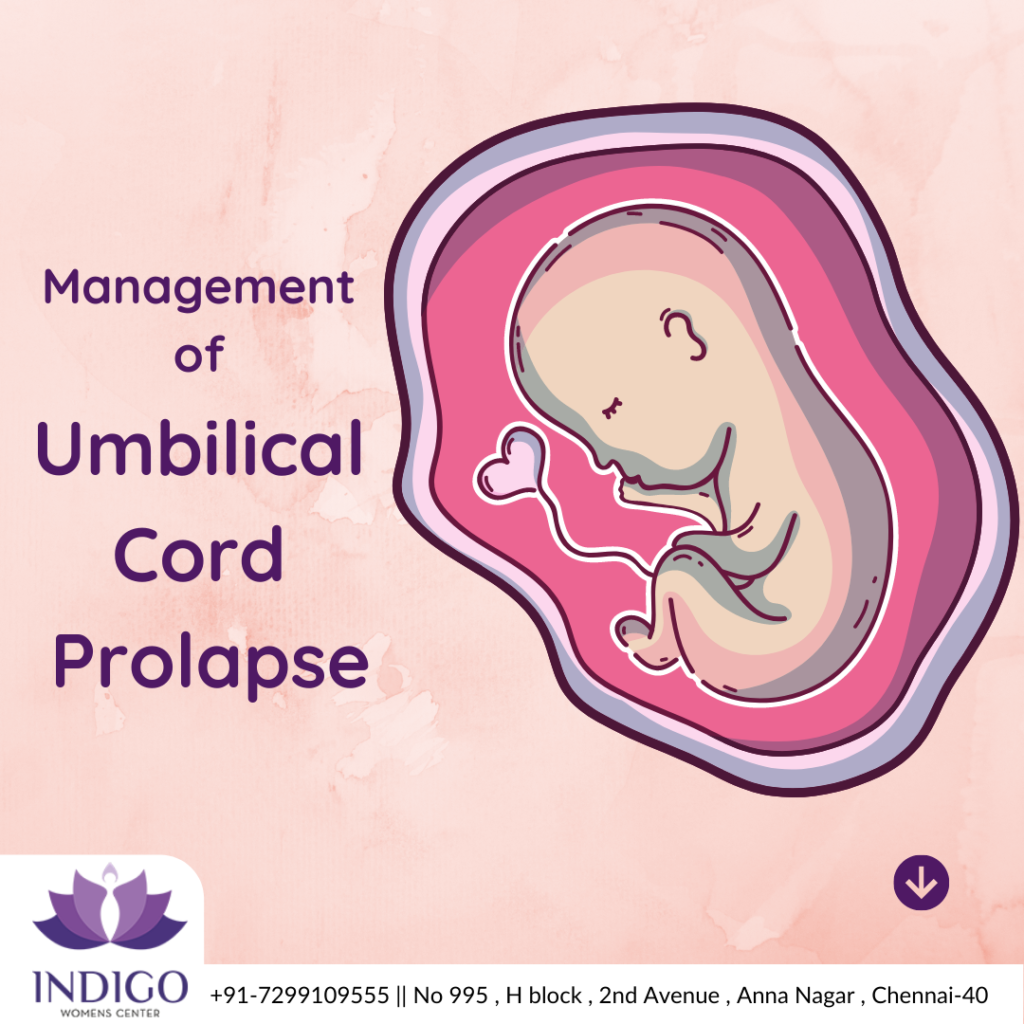Before or during birth, the umbilical cord can drop through the open cervix into the vagina ahead of the baby. This complication, called umbilical cord prolapse, must be dealt with immediately so the fetus doesn’t put pressure on the cord, cutting off oxygen.
What is umbilical cord prolapse?
This condition occurs when the umbilical cord drops (prolapses) between the fetal presenting part and the cervix into the vagina. Umbilical cord prolapse occurs prior to or during delivery of the baby. The overall incidence is reported at 0.16%-0.18% or approximately one in every 300 births.
What is the umbilical cord?
The umbilical cord is a flexible, tube-like structure that, during pregnancy, connects the fetus to the mother. The umbilical cord is the baby’s lifeline to the mother. It transports nutrients to the baby and also carries away the baby’s waste products. It is made up of three blood vessels – two arteries and one vein.
What are the consequences of umbilical cord prolapse?
Umbilical cord prolapse is an uncommon but potentially fatal obstetric emergency. When this occurs during labor or delivery the prolapsed cord is compressed between the fetal presenting part and the cervix. This can result in a loss of oxygen to the fetus, and may even result in a still birth.
SYMPTOMS AND CAUSES
What causes an umbilical cord prolapse?
Common causes umbilical cord prolapse include:
• Premature rupture of membranes.
• Preterm labor.
• Multiple gestation pregnancies (twins, triplets, etc.).
• Polyhydramnios (excessive amniotic fluid).
• Malpresentation of fetus (breech presentation).
DIAGNOSIS AND TESTS
How is an umbilical cord prolapse diagnosed?
Umbilical cord prolapse is diagnosed by seeing or palpating the prolapsed cord on pelvic exam. In addition, the baby may have an abnormal fetal heart rate known as bradycardia (a heart rate of less than 120 beats per minute).
Anticipation and early detection
Internal examination when the case presentspremature rupture of membranes Malpresentation Twinshydramniosnon engaged vertex presentation.Surgical induction in the OT.Uterine contractions initiated by oxytocin if the head is not engaged prior to Exclude cord presentation or occult prolapse in unexplained fetal distress during labour.
MANAGEMENT AND TREATMENT
How is an umbilical cord prolapse managed?
Umbilical cord prolapse is an acute obstetric emergency that requires immediate delivery of the baby. The route of delivery is usually by cesarean section. The doctor will relieve cord compression by manually elevating the fetal presentation part until cesarean section is performed. This reduces the risk of fetal oxygen loss.
If the problem with the prolapsed cord can be solved immediately, there may be no permanent injury. However, the longer the delay, the greater the chance of problems (such as brain damage or death) for the baby.
Dr. Vaishnavi





